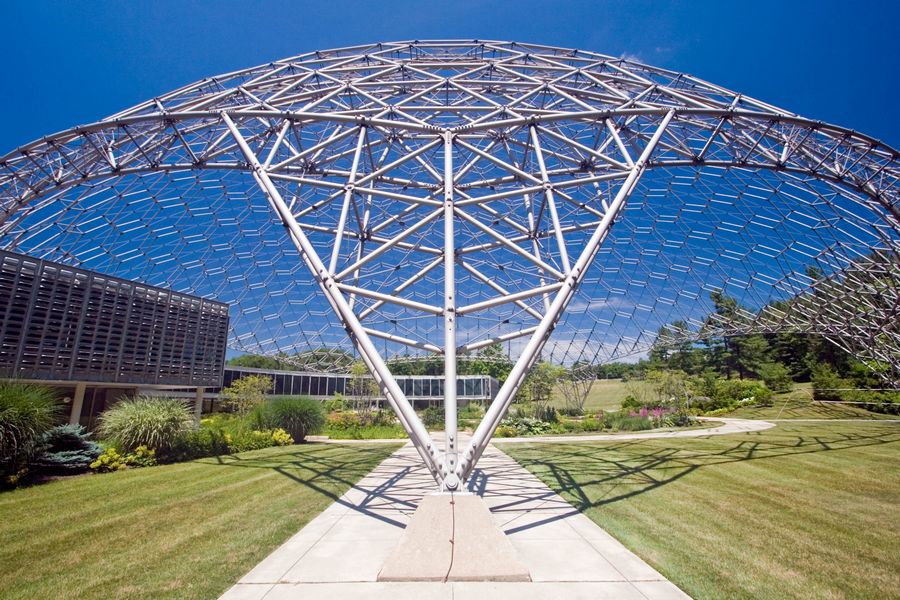Structural steel suppliers play a crucial role in shaping modern architecture by providing the fundamental material that supports and defines the design of innovative buildings. From soaring skyscrapers to intricate bridges, the versatility and strength of structural steel have revolutionized the way architects envision and construct their creations. Let’s explore how structural steel suppliers have left their mark on the world of architecture.
Strength and Flexibility
Structural steel is renowned for its exceptional strength-to-weight ratio, allowing architects to design taller and more complex structures. The flexibility enables to create sleek, slender profiles and large, open spaces that were once thought impossible. This has led to the rise of iconic structures that push the boundaries of design and engineering.
Efficiency in Construction
One of the key benefits of using structural steel is its efficiency in construction. Prefabrication and modular construction techniques made possible by steel components streamline the building process, reducing construction time and costs. This has contributed to the rapid development of urban landscapes and the realization of ambitious architectural projects.
Versatility in Design
The suppliers offer a wide range of shapes and sizes, allowing architects to experiment with different designs and aesthetics. From galvanized steel pipes to stainless steel sheets and more, the steel’s malleability empowers architects to bring their visionary concepts to life, resulting in structures that captivate the eye and challenge traditional norms.
Sustainability and Recyclability
Modern architecture emphasizes sustainability, and structural steel aligns with these goals. It is highly recyclable, making it an environmentally friendly choice for construction. The suppliers support the industry’s push for green practices by providing a material that can be reused without compromising its quality, thus reducing the overall environmental impact.
Safety
Architects and engineers collaborate closely with structural steel suppliers to create buildings that can withstand the forces of nature, ensuring the safety of occupants and preserving valuable architectural assets.
Iconic Landmarks
Structural steel has played a significant role in the creation of iconic landmarks that define modern skylines. From Burj Khalifa to Burj-Al-Arab, these marvelous structures are testaments to the collaborative efforts between architects and structural steel suppliers, showcasing the material’s ability to shape the world’s most recognizable architectural achievements.
Seamless Integration with Other Materials
Steel’s compatibility with various construction materials, such as glass and concrete, has resulted in harmonious and visually striking designs. The combination of steel and glass, for instance, allows for breathtaking facades that offer transparency, natural light, and a sense of connection with the surrounding environment.
Conclusion
In the world of modern architecture, structural steel suppliers have profoundly influenced designers and architects to bring groundbreaking concepts to life. The impact of structural steel on shaping urban landscapes is undeniable, from enabling innovative designs to enhancing sustainability and efficiency. It has resulted in a diverse array of structures that challenge conventions, inspire awe, and stand as symbols of human creativity and engineering excellence. As we continue to push the boundaries of architectural design, the role of suppliers remains essential in shaping the built environment of the future.



